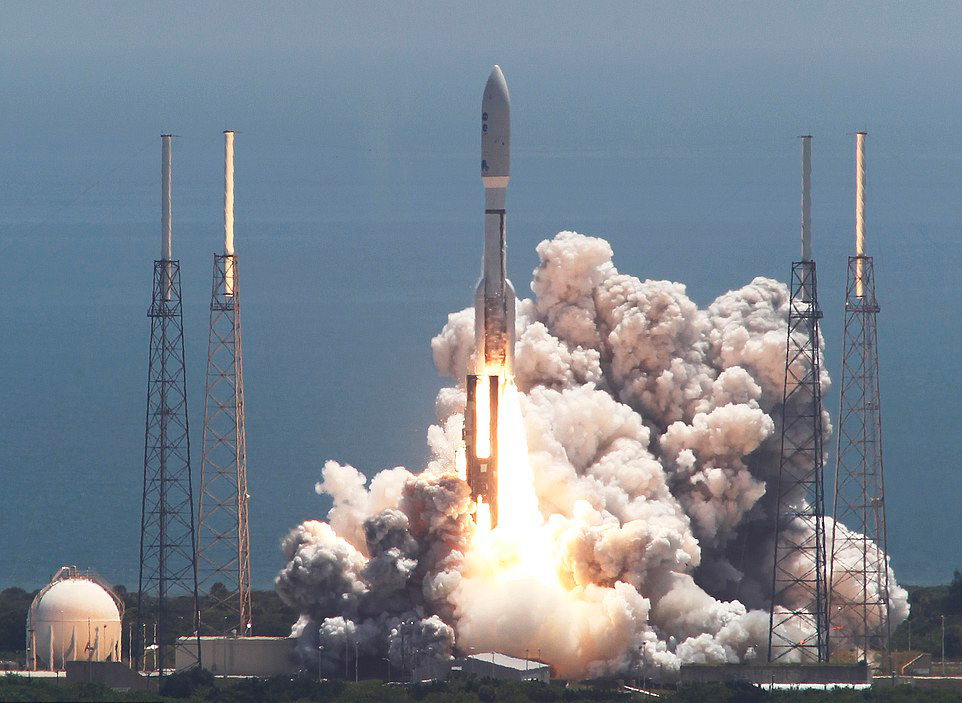
The details sound awesome and breath-taking. NASA’s Juno spacecraft travelling at a speed of 265,542 kilometres per hour, covered 2.9 billion kilometres to reach the orbit of the planet, Jupiter. It has been travelling at that speed for five years.
This morning, the spacecraft fired its main rocket engine to slow down so it can enter into the orbit of the planet scientists refer to as the gas giant.
At a press conference this morning at NASA’s Jet Propulsion Laboratory in California, Scott Bolton who is Juno’s Principal Investigator, confirmed the spacecraft’s successful entry into Jupiter’s orbit.
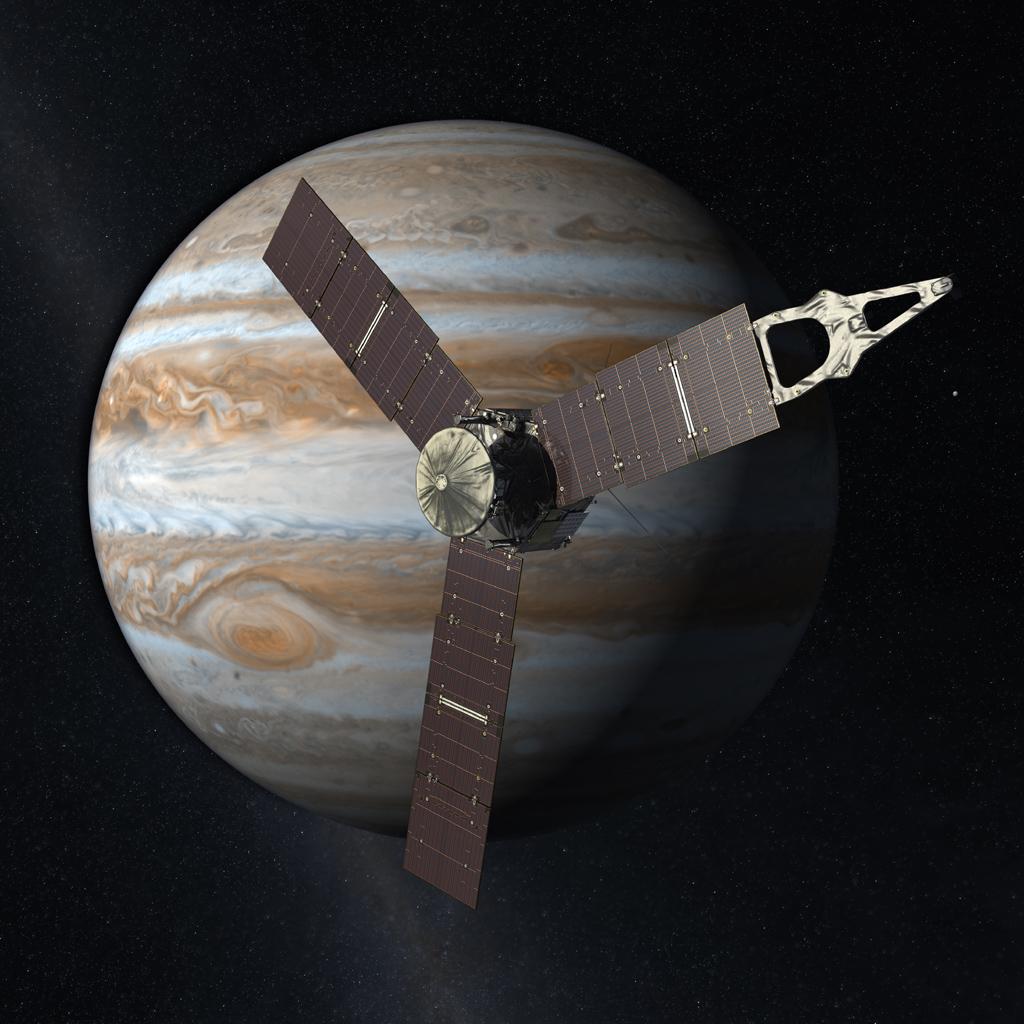
Juno’s mission began in 2011 and is programmed to terminate in 2018 when it will take “a swan dive” into Jupiter’s atmosphere and disintegrate. The programmed disintegration, according to NASA, is to prevent the spacecraft from accidentally crashing into any of the moons of Jupiter which are for now, believed to be capable of holding life.
In the course of its exploration mission, Juno will circle the world of Jupiter 33 times, soaring low over the planet’s clouds. This will enable scientists to see what lies beneath Jupiter’s atmosphere and to, according to NASA, learn more about how the solar system was formed.
Juno is solar-powered. To enter into Jupiter’s orbit this morning, the spacecraft was on autopilot so it did not need to be controlled from NASA’s laboratory in California.
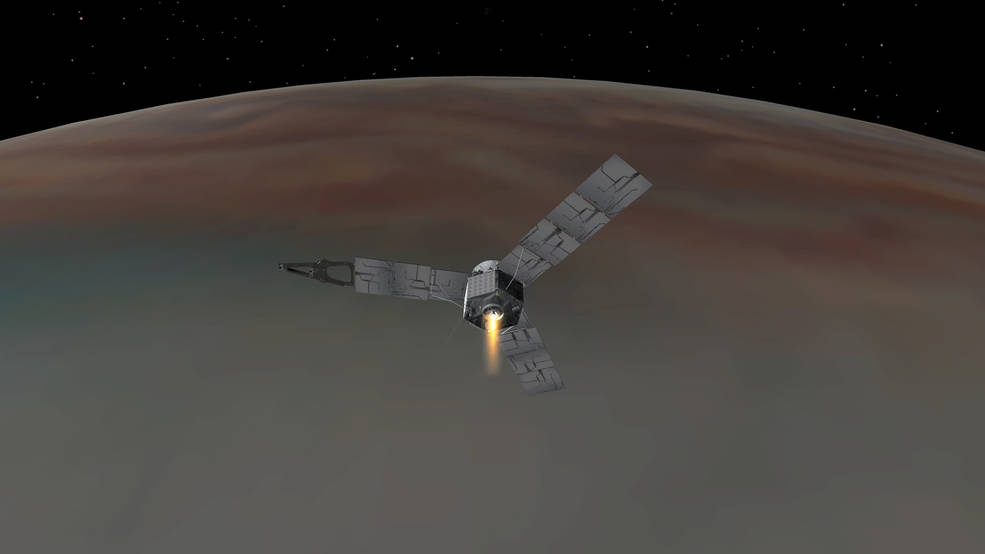
Said Bolton to pressmen this morning: “We’re there. We’re in orbit. We conquered Jupiter… What Juno’s about is looking beneath that surgace… we’ve got to go down and look at what’s inside, see how it’s built, how deep these features go, learn about its real secrets.”
At the moment, Juno is said to be dwelling through a very hostile radiation environment but Kenny Starnes, the Programme Manager of Lockheed Martin which built the spacecraft believes it will be able to withstand it. Juno’s camera and other instruments were switched off as the spacecraft entered Jupiter’s orbit but the scientists say there will be lots of close-up photographs of the planet.
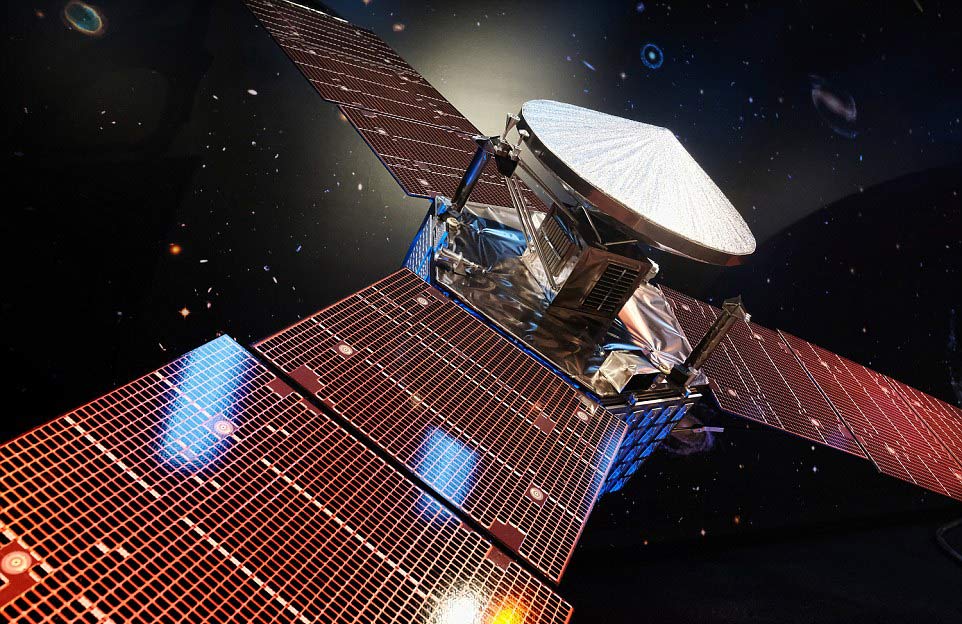
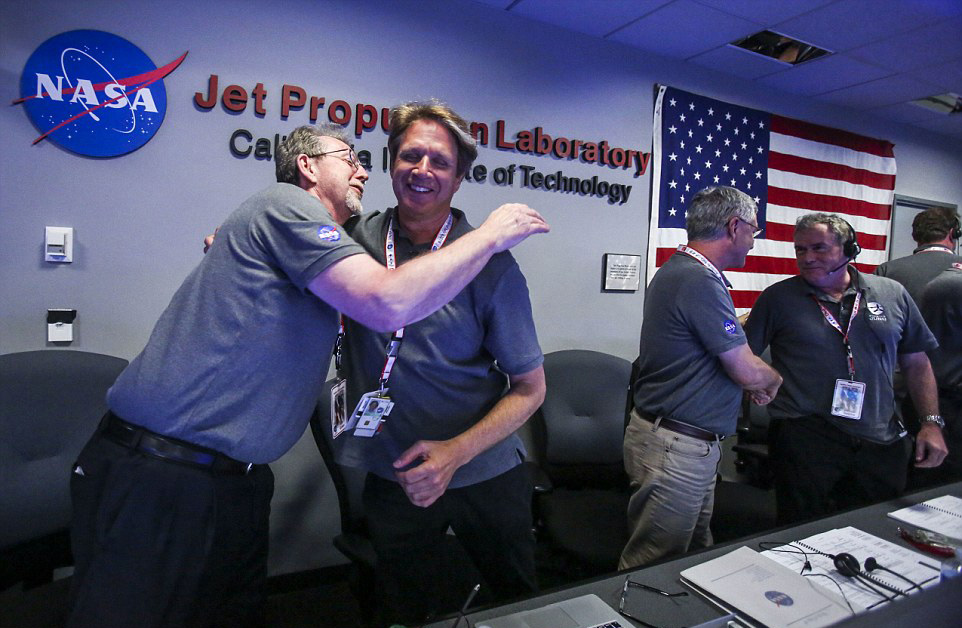
(Photo: AP)
Juno’s mission is at a cost of $1.1billion.

NCDC Hosts Emergency Meeting Over Unknown Illness In Sokoto And Zamfara States
Air Peace Expands Route Options For Lagos-London Service
BREAKING: EFCC Declares Former Kogi State Governor, Yahaya Bello, Wanted
Kano High Court Affirms Suspension of APC’s Abdullahi Ganduje Pending Hearing